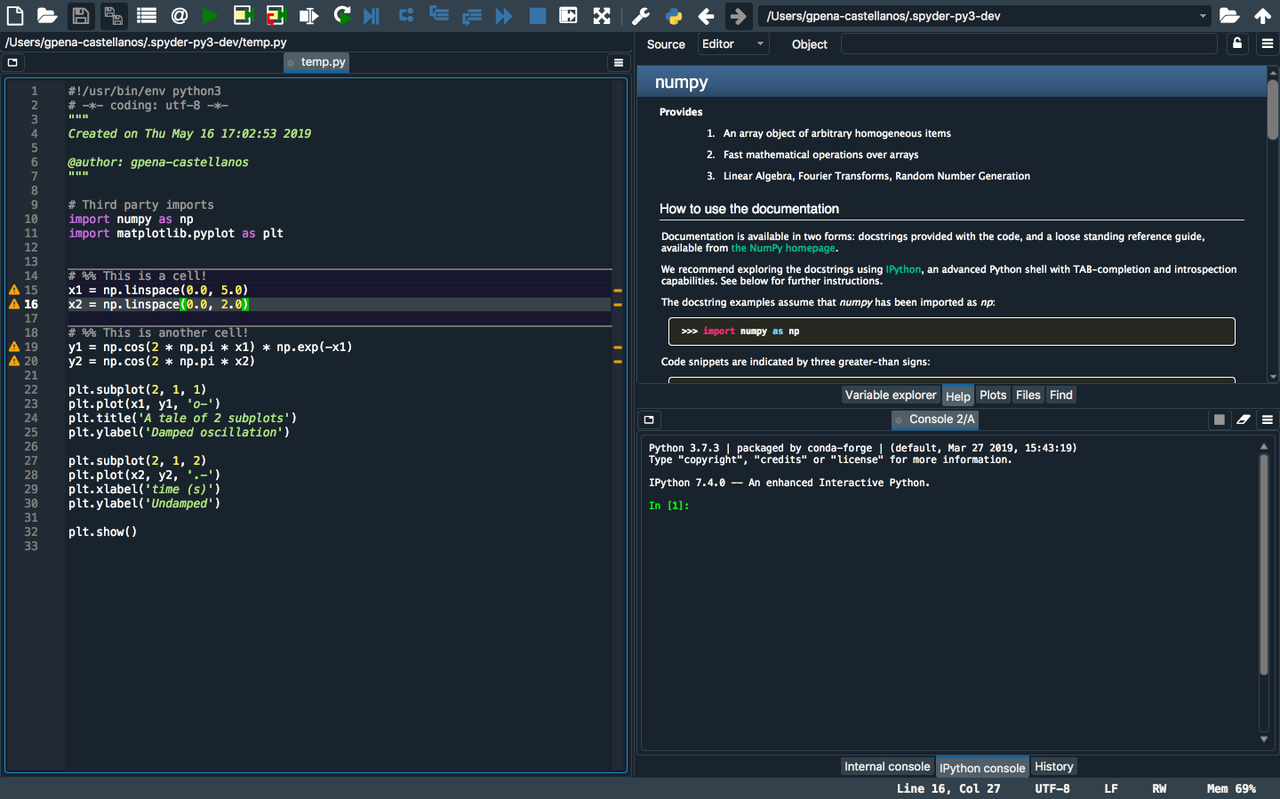TDK-Micronas partners with Quansight to sponsor Spyder
TDK-Micronas is sponsoring Spyder development efforts through Quansight Labs. This will enable the development of some features that have been requested by our users, as well as new features that will help TDK develop custom Spyder plugins in order to complement their Automatic Test Equipment (ATE’s) in the development of their Application Specific Integrated Circuits (ASIC’s).
At this point it may be useful to clarify the relationship the role of Quansight Labs in Spyder's development and the relationship with TDK. To quote Ralf Gommers (director of Quansight Labs):
"We're an R&D lab for open source development of core technologies around data science and scientific computing in Python. And focused on growing communities around those technologies. That's how I see it for Spyder as well: Quansight Labs enables developers to be employed to work on Spyder, and helps with connecting them to developers of other projects in similar situations. Labs should be an enabler to let the Spyder project, its community and individual developers grow. And Labs provides mechanisms to attract and coordinate funding. Of course the project is still independent. If there are other funding sources, e.g. donations from individuals to Spyder via OpenCollective, all the better."
Multiple Projects aka Workspaces
In its current state Spyder can only handle one active project at a time. Although in the past we had basic support for workspaces, it was never a fully functional feature, so to ease development and simplify the user experience, we decided to remove it in the 3.x series.
